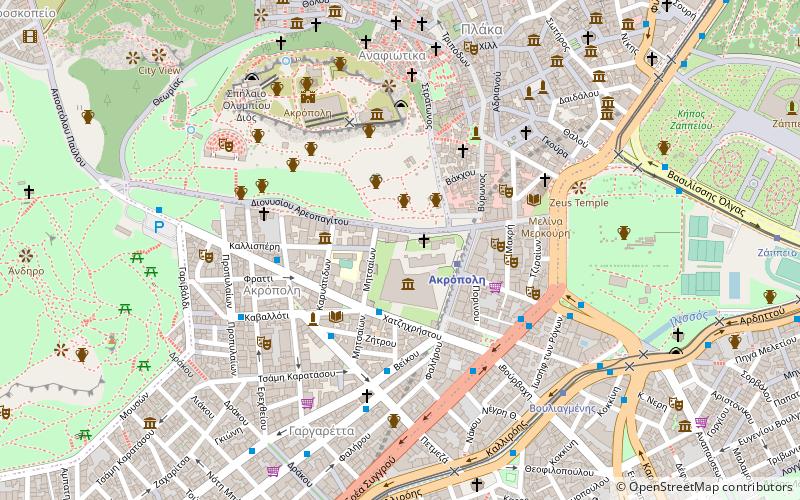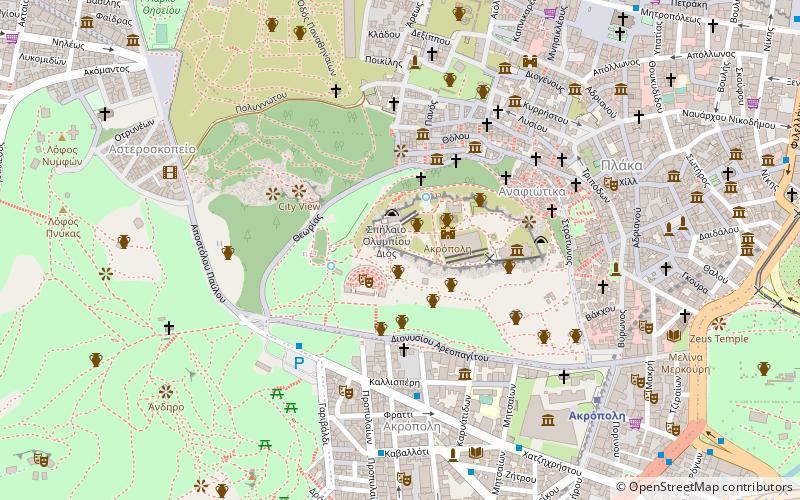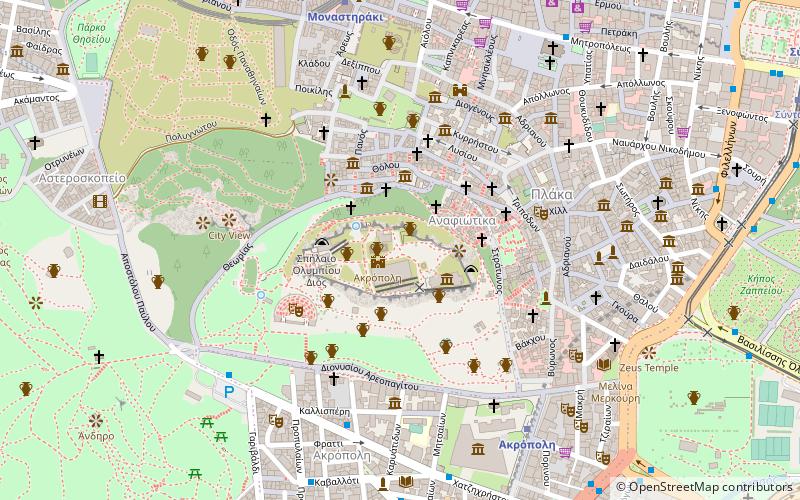Athens: Acropolis
Places and attractions in the Acropolis category
Categories
- Museum
- Historical place
- Archaeological site
- Area
- Art museum
- Ancient Greek architecture
- History museum
- Monuments and statues
- Specialty museum
- Temple
- Street
- Ruins
- Church
- Park
- Memorial
- Archaeological museum
- Neighbourhood
- Unesco
- Concerts and shows
- Theater
- Square
- Sacred and religious sites
- Shopping
- Sport
- Sport venue
- Acropolis
- Performing arts
- Event space
- Natural attraction
- Library
- Universities and schools
- Nature
- Arenas and stadiums
Blond Kouros's Head of the Acropolis
The so-called Blond Kouros's Head of the Acropolis is the head of a lost marble statue of a young man of ca 480 BC, in the Acropolis Museum in Athens, Greece The head and part of the pelvis were found in 1923 northeast of the museum site on the Acropolis of Athens. It belongs to the late archaic or early classical period.
Pelasgic wall
The Pelasgic wall or Pelasgian fortress or Enneapylon was a monument supposed to have been built by the Pelasgians, after levelling the summit of the rock on the Acropolis of Athens. Thucydides and Aristophanes call it "Pelargikon", "Stork wall or place".
Altar of Athena Polias
The Altar of Athena Polias was a former structure on the Acropolis of Athens dedicated to the goddess Athena. The altar's foundations were laid in 525 B.C. by the sons of the Athenian dictator Peisistratus, but may have overlaid an earlier temple constructed between 599 and 550.
Persian Rider
The Persian Rider is an archaic Greek equestrian sculpture, c. 520–500, that once stood on the Akropolis, Athens. Only fragmentary remains survive; the lower torso and legs of the rider and the head, forelegs and chest of the horse. It was found west of the Erechtheion in 1886 and reconstructed by Franz Studniczka.
Hekatompedon temple
The Hekatompedon or Hekatompedos, also known as Ur-Parthenon and H–Architektur, was an ancient Greek temple on the Acropolis of Athens built from limestone in the Archaic period, and placed in the position of the present Parthenon.
Map




